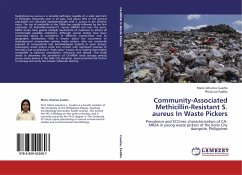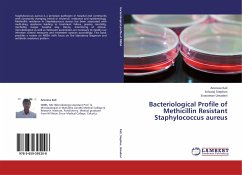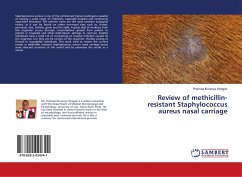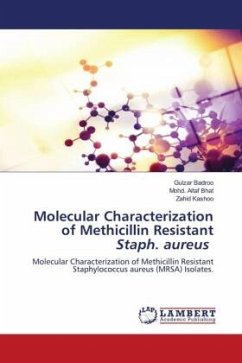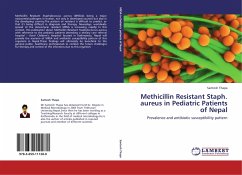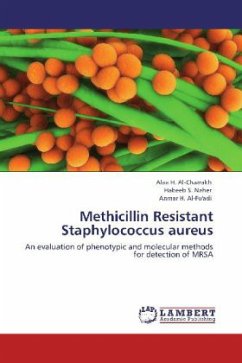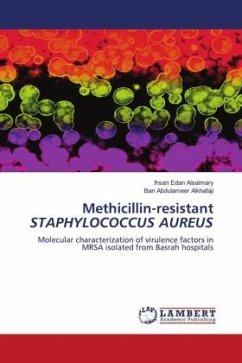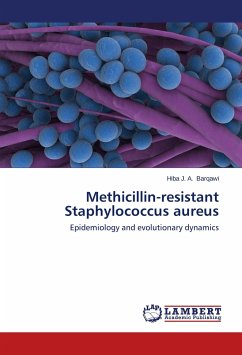Staphylococcus aureus is a versatile pathogen capable of a wide spectrum of etiologies frequently seen in all ages, and about 30% of the general population are colonized asymptomatically with S. aureus in the anterior nares. The use of methicillin in the 1960s was rapidly followed by the first outbreaks of methicillin-resistant S. aureus (MRSA) and over the years, MRSA strains have gained multiple mechanisms of resistance to almost all commercially available antibiotics. Although several studies have been conducted about its prevalence in different communities and its geographic distribution, little is known about the occurrence of staphylococcal communities among waste pickers, who are constantly exposed to occupational and microbiological hazards in open dumps. Scavenging waste pickers come into contact with significant volumes of infectious and recyclables or "high value" wastes, thus, making them highly susceptible to bacterial colonization, infections and disease. This studyaimed to determine the prevalence of CA-MRSA nasal carriage among young waste pickers in the Iloilo City dumpsite, assess potential risk factors of carriage and verify the isolates' molecular identity.
